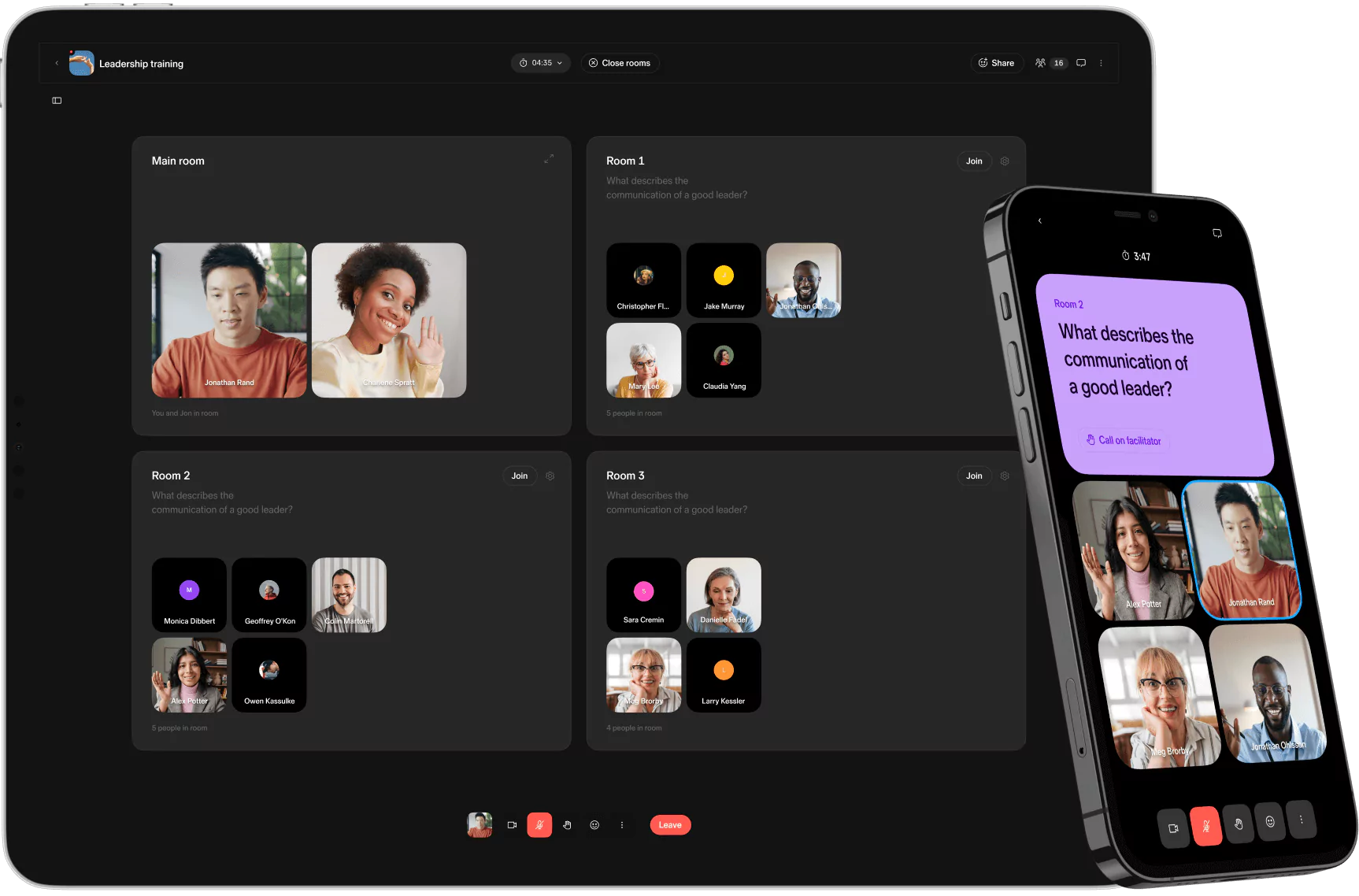Introducing our principles

At Sana, our principles guide everything we do. We embrace them to guide our decisions and build a company we will proudly tell future generations about. As we often say, "Today is day zero," reminding us that we're always just getting started.
Extreme talent density
We believe that our greatest product isn't just the tools we develop—it's the team we build. We believe that if we get our team right, everything else will follow. Sana wasn't really founded on a business idea. Our founder and CEO, Joel Hellermark, wanted to build a place like Bell Labs—an organization where he could gather the best scientists, designers, engineers, operators, and marketers and figure out how to unlock human knowledge with AI together. Sana is for the pragmatic dreamers. The brilliant, thoughtful, audacious, π-shaped, independent thinkers. The misfit missionaries.
How we live this
We designed our hiring process to find Sanians: they play for the front of the jersey—driven by a shared mission rather than personal accolades. Sanians believe that well-defined roles create well-defined ceilings, which is why we give them endless rope to push boundaries within and across disciplines. Once they join us, they develop an unusually keen talent radar and become someone who obsesses over every new hire as if they were our last. We believe you become the average of the people you spend your time with.
Care more
We care more about the company we're building, the products we're developing, the partners we're serving, the people we're working with, the events we're running, the emails we're sending…we care more about all of it. At Sana, we don't just care a bit more. We care more than most would think is reasonable.
How we live this
Caring more than others might think is reasonable means focusing on the small yet meaningful moments—like celebrating a first anniversary, birthday, or closing a big deal. It's not just about achievements; it's about supporting each other when it matters. We often say that we're looking for people playing for the front of the jersey—these individuals care more about collective success than individual success.

Defy gravity
Gravity pulls everyone towards mediocrity. It pulls us to build what others are building, act like others are acting, think what others are thinking, and take the path of least resistance. We expect Sana to take on the world, growing faster than other companies. That means we cannot settle for the status quo. We cannot afford to lean back or allow the typical company challenges to hold us back. This is why building Sana is about defying gravity on repeat.
How we live this
We assume everything will fail unless we can explain why it won't. Whether writing an email, shipping code, engaging in user conversations, or talking to a future Sanian, we deviate from the average. We sweat the details because they compound over time, and we've designed our operating model to help us defy gravity.
Cathedrals, not bricks
We choose to do things not because they're easy, but because they're challenging and meaningful. We all joined Sana so our work would add up to something big. Along the way, we have to take on mundane tasks and step outside of our role descriptions. These are the bricks that ladder up to the cathedral. Like cathedral builders, we focus on the long-term vision, taking pride in crafting something enduring and significant over the long haul.
How we live this
We always ask ourselves: "How does this task add to our long-term goal?" This mindset shifts our focus to the outcome and the bigger picture (cathedrals), allowing us to dive into the granular details with higher intensity (bricks).
Be more interested in learning than being right
No one at Sana has all the answers. In fact, most of us feel out of our depth, most of the time. Trust us when we say this is a good thing. It's how we—individually and collectively—can grow faster than everyone else.
How we live this
We encourage Sanians to give and receive feedback as a gift. And adopt the principle of radical candor when doing so. Radical candor is an approach to feedback that involves caring personally and challenging directly. It's praise that's specific and sincere and criticism that is kind and clear.
Today, not tomorrow
Action bias isn't about speed. It's about the quality of decision-making. We can't do everything, so we need to be smart about spending our time. Building a generational company requires agency and moving at speed. This means that Sanians must become experts at taking ownership and creating leverage.
How we live this
We focus on the 20% of actions that bring 80% of value. Done is better than perfect—we focus on completing something efficiently rather than overengineering it with a clear owner. That's why every single Sana project and business task has a DRI—it's the person who is ultimately held accountable for the success or failure of a particular project.
Bring joy
"How we spend our days is how we spend our lives" has become one of the most beloved sayings at Sana. Delight in the everyday. Work that feels like play. That's what we mean by joy. Don't mistake this for "work hard, then play hard." That's a different game, and we're not playing it. Of course, we work hard. But we play hard as we work, too. Laughing together, dreaming together, honing our craft.
How we live this
Joy is both an individual and collective experience. You can only maximize it if you know what's most likely to create it. This is what the Zone of Genius is for. Your Zone of Genius is the intersection between what you love doing and what you excel at. Everyone has a Zone of Genius, and you can usually tell when you're in it because time melts away. Together with support from your team, we expect you to find your Zone of Genius and figure out ways to help you stay in it as much as possible.

These principles shape our actions, inform our decisions, and inspire us to pursue excellence in all we do. By embracing these values, we ensure that our work is not only impactful but also fulfilling and inspiring, creating a legacy that endures. If you want to be part of our journey, please visit our career page — we look forward to meeting you.
Give all your leaders and managers the experience they deserve with Sana
Leadership development
